A set of 7 class 'We can' statement cards linked to the Australian Digital Technologies Curriculum.
This set of class ‘We can’ statement cards are designed to help students develop their Technology and Technologies skills.
Print, laminate and stick a small magnetic strip to the back so they can be stuck on to your classroom whiteboard. Blank cards are also included for personalised class ‘We can’ statements.
How to use this resource:
- Use the ‘We can’ statements as weekly classroom goals. Once the class has achieved their ‘We can’ statement, stick all of the statements on a display board as a reminder of the goals they have achieved.
- Use the ‘We can’ statements during small group activities. Each group will have a ‘We can’ statement they are working towards.
Statements include those from the:
- ACARA Technologies Sequence of Achievement
- ACARA Digital Technologies Sequence of Achievement
- ACARA Design and Technologies Sequence of Achievement
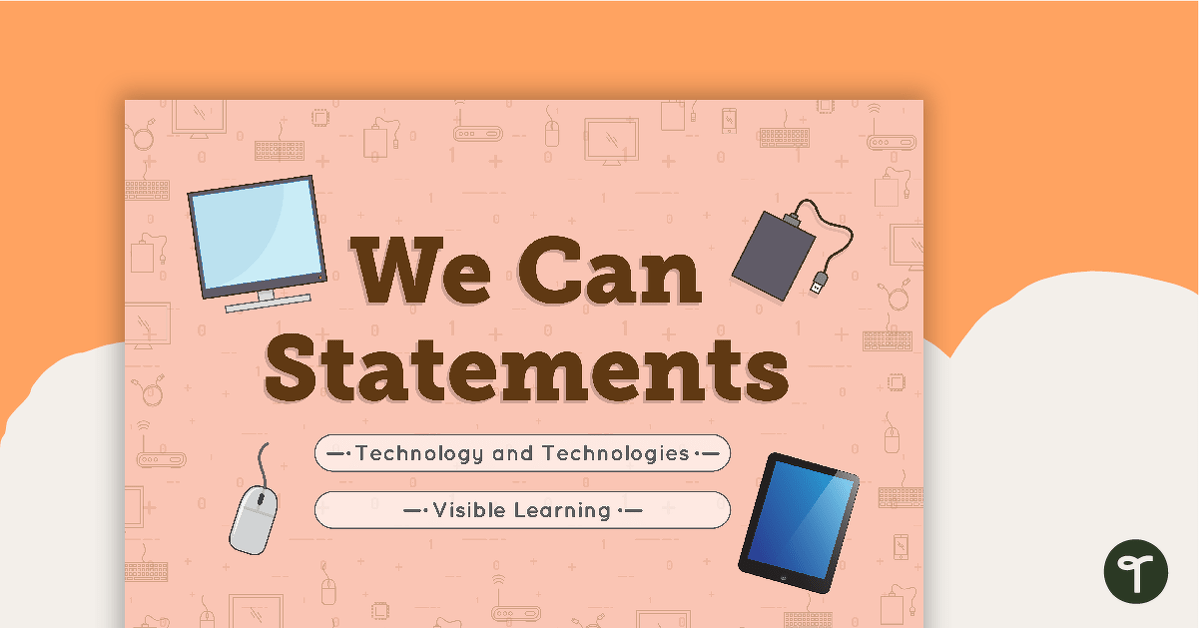

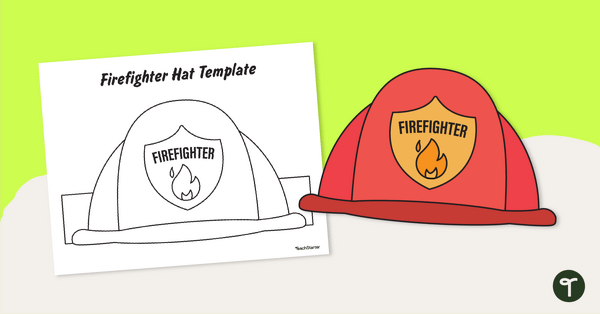
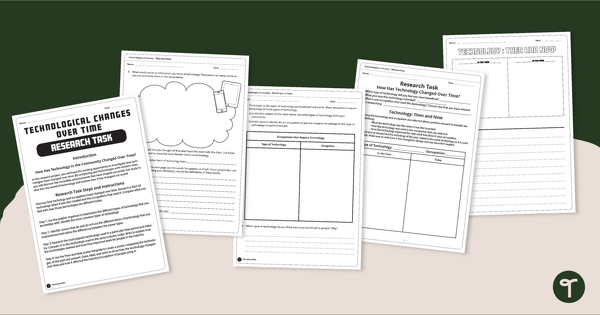
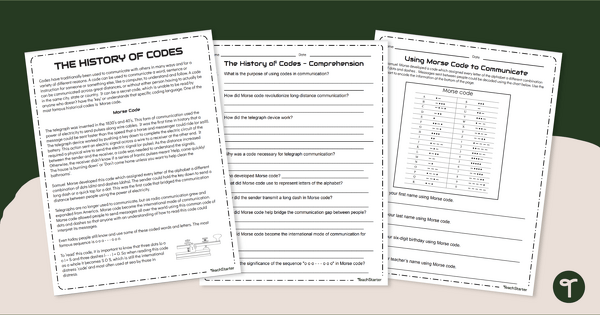
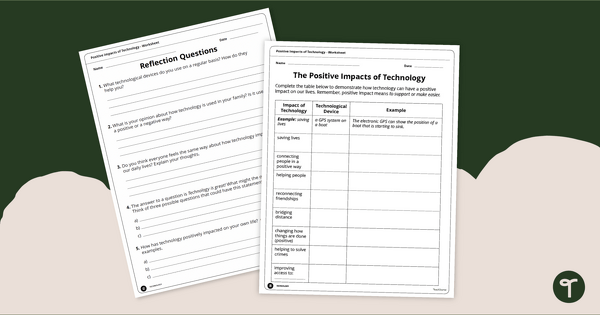
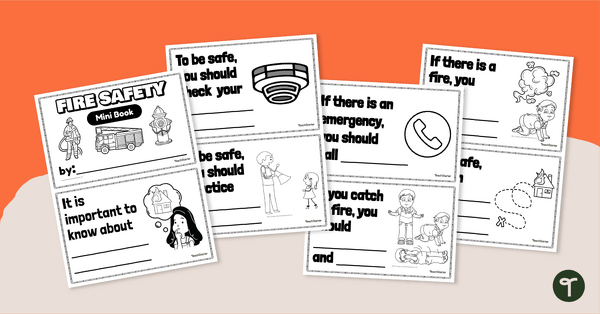
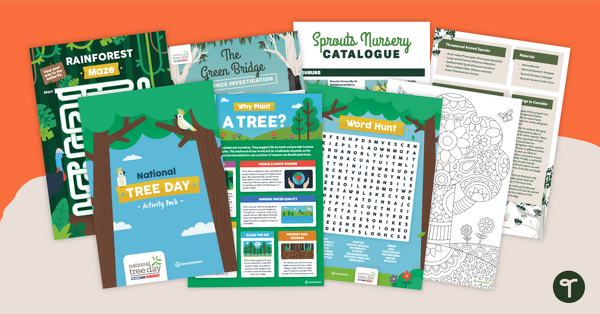
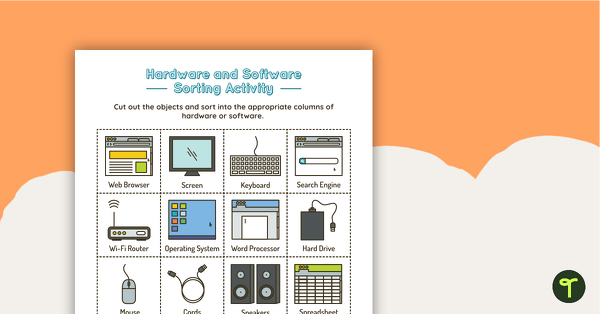
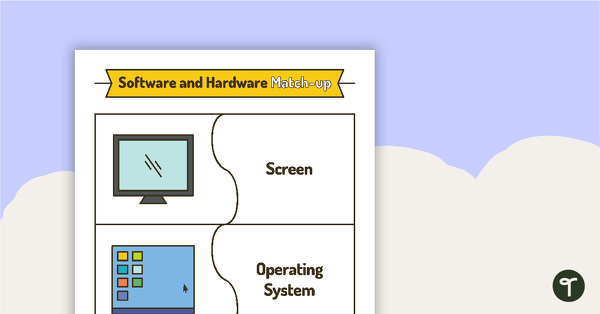
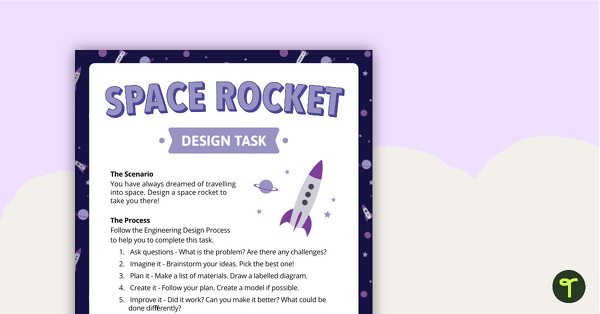
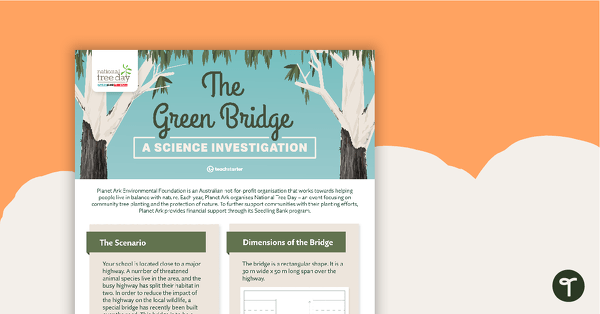
0 Comments
Write a review to help other teachers and parents like yourself. If you'd like to request a change to this resource, or report an error, select the corresponding tab above.